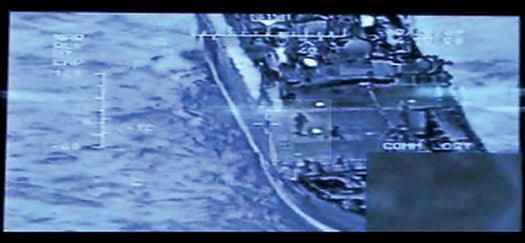How to Reverse the Increasing Number of Pirate Attacks Near the Suez Canal
Every month, some 1,300 ships heading to or from the Suez Canal must pass through the lawless waters off the...

Every month, some 1,300 ships heading to or from the Suez Canal must pass through the lawless waters off the coast of Somalia. Pirate attacks are at an all-time high—more than 200 have already been reported this year. As of May, pirates were holding more than 500 hostages and 26 hijacked ships, and companies are losing up to $8.3 billion a year.
Cargo ships are easy prey, and with an area the size of the continental U.S. to patrol, even NATO and navy teams from several coastal countries can’t protect every vessel. Bypassing the canal means a journey of thousands more miles around the Horn of Africa. The United Nations International Maritime Organization advises ships to speed up through high-risk areas, add more lookouts, and try other low-tech solutions that are not always effective against pirates with AK47s and rocket-propelled grenades. Arming merchant ships with lethal weapons might solve the pirate problem, but that approach would never gain international acceptance.
New nonlethal defenses, however, offer an alternative. BAE Systems is developing an onboard laser that could target unidentified vessels from more than a mile away. If the pirates continued to approach, the beam’s intensity would disorient and temporarily blind them to the point that they couldn’t aim and fire their own weapons. BAE tested a prototype of the laser in January.
Mace Security International, meanwhile, is testing a ship-mounted spraying system to keep pirates from boarding vessels. Three sets of 18-gallon pressurized tanks filled with oleoresin capsicum, a pepper derivative that is neither corrosive or flammable, would line the ship’s perimeter. Attackers who ventured too close would be doused and immediately incapacitated for up to an hour by intensely burning eyes, skin and throat.